Living in Fort Worth, you know how quickly dust can accumulate in your home. While it might seem harmless, dust buildup can affect your HVAC system’s performance and your indoor air quality. When your system gets clogged with dust, it has to work harder to maintain your desired temperature, leading to increased energy bills and potential wear and tear over time.
Breathing cleaner air starts with understanding how to keep dust out of your HVAC system. By managing dust levels, you ensure that your air stays fresh and your system runs efficiently. This not only helps maintain a comfortable home environment but also extends the lifespan of your equipment.
Simple preventive measures, good housekeeping habits, and regular maintenance checks are key to controlling dust. With just a few thoughtful changes, you can keep dust from becoming a problem in your home, making it a healthier place for you and your family.
Understanding the Impact of Dust on Your HVAC System
Dust in your HVAC system is more than just a nuisance; it can significantly affect your system’s performance and the air you breathe. When dust accumulates in your system, it can clog filters and block air ducts, making your unit work harder. This increased effort not only drives up energy bills but also leads to wear and tear faster than normal. A dust-laden system struggles to maintain indoor temperatures, resulting in a less comfortable home and higher costs.
Poor air quality is another consequence of dust buildup. Dust can harbor allergens, mold spores, and other pollutants that circulate throughout your home, posing risks to health, especially for those with asthma or allergies. Keeping your system dust-free ensures cleaner air and a healthier environment.
Look for common signs that indicate dust accumulation in your HVAC system:
– Increased Dust on Surfaces: If dust seems to settle quicker on furniture, it may be due to an overloaded system.
– Unusual Noises from the Unit: Excess dust can cause components to work improperly, leading to strange sounds.
– Weak Airflow: Blocked ducts and filters result in poor airflow, making it hard to maintain a comfortable temperature.
– Frequent Allergy Symptoms: If family members experience sneezing or coughing more often, your HVAC system might be recirculating dust and allergens.
Regularly addressing these issues helps keep your system efficient and your home comfortable.
Effective Ways to Reduce Dust in Your HVAC System
Reducing dust in your HVAC system requires a proactive approach with practical steps that you can easily follow. Start with choosing high-quality air filters. These filters trap more dust and prevent it from circulating through your home. Check and replace them regularly, at least every one to three months, to maintain optimal performance.
Regular cleaning is essential. Dust and vacuum around the vent and intake areas often to prevent dust buildup in the system. Keeping these areas clean ensures proper airflow and efficient operation. Don’t forget to schedule regular duct cleaning services. Clean ducts minimize dust circulation, contributing significantly to improved air quality.
Sealing leaks in ductwork is crucial. Unsealed ducts can pull in dust from unconditioned areas like attics or basements. If left unchecked, this dust enters your living spaces. Use duct mastic or metal tape to close any gaps and enhance your system’s performance.
Here’s a quick list to manage dust effectively:
– Invest in high-quality air filters and replace them frequently
– Clean and vacuum around vents and intakes regularly
– Schedule professional duct cleaning services
– Seal any leaks in your ductwork to prevent dust entry
Implementing these strategies will reduce dust, improve efficiency, and help ensure your HVAC system runs smoothly while keeping your indoor air fresh and clean.
Housekeeping Tips to Minimize Dust Entry
Keeping dust from entering your home starts with consistent housekeeping. By maintaining a clean environment, you prevent dust from accumulating and circulating through your HVAC system. Regular vacuuming is crucial. Use a vacuum cleaner with a HEPA filter to trap dust particles effectively. Focus on high-traffic areas where dust tends to build up quicker. Dusting surfaces with a damp cloth or microfiber duster also helps capture dust rather than just moving it around.
Consider placing doormats at entry points to reduce the amount of dust and dirt brought inside. Cleaning or shaking out these mats frequently will help keep dust at bay. Launder linens and curtains regularly, as fabrics can accumulate dust over time. This simple habit keeps your home fresh and reduces the dust burden on your HVAC system.
Air purifiers play a significant role in enhancing air cleanliness. Position them strategically in high-use rooms to capture airborne dust and allergens. Choose purifiers with HEPA or similar filters to ensure effective filtration.
Here’s a quick housekeeping checklist:
– Vacuum floors and carpets using a HEPA filter vacuum
– Dust surfaces with a microfiber or damp cloth
– Use doormats and clean them often
– Wash linens and curtains regularly
– Place air purifiers in key rooms to clean the air
By incorporating these housekeeping tips, you reduce the amount of dust in your home, contributing to a healthier living environment and a more efficient HVAC system.
Scheduling Routine HVAC Maintenance
Regular HVAC maintenance is crucial for keeping dust out of your system. Professional inspections help spot potential dust entry points and address issues before they escalate. Having your system checked at least twice a year ensures it functions efficiently and minimizes the risk of dust-related problems.
During a maintenance visit, technicians will perform a comprehensive inspection, including checking and replacing filters, cleaning coils, and clearing drain lines. They will also inspect ductwork for leaks and ensure everything is sealed properly. This attention to detail helps prevent dust from entering and circulating through your system.
Expect professionals to test the system’s performance, ensuring that airflow and temperature controls are working effectively. By addressing these elements, maintenance helps keep your unit running smoothly and efficiently.
Here’s what a typical maintenance visit entails:
– Inspect and replace air filters
– Clean and inspect coils and drain lines
– Check ductwork for leaks and seal as needed
– Test system performance and airflow
Scheduling these routine check-ups keeps your HVAC system in good shape, reducing dust buildup and prolonging the unit’s life while enhancing your home’s air quality.
Conclusion
Keeping dust out of your Fort Worth HVAC system is vital for maintaining a healthy home environment and efficient system performance. By understanding how dust impacts your system and implementing effective cleaning practices, you maintain better air quality and enhance the comfort of your home. Regularly checking and replacing filters, sealing ductwork leaks, and maintaining cleanliness all contribute to dust management and improved efficiency.
Routine professional maintenance further supports your efforts by providing in-depth system inspections and addressing potential issues proactively. By staying on top of these tasks, you extend the lifespan of your HVAC system and enjoy a cleaner, more comfortable living space.
Contact Spire Heating and Air Conditioning, the best HVAC company, today to schedule your routine maintenance check and keep your HVAC system in peak condition. Our experienced team will ensure your home remains dust-free and your system operates efficiently, providing you with peace of mind and a healthier living environment.


